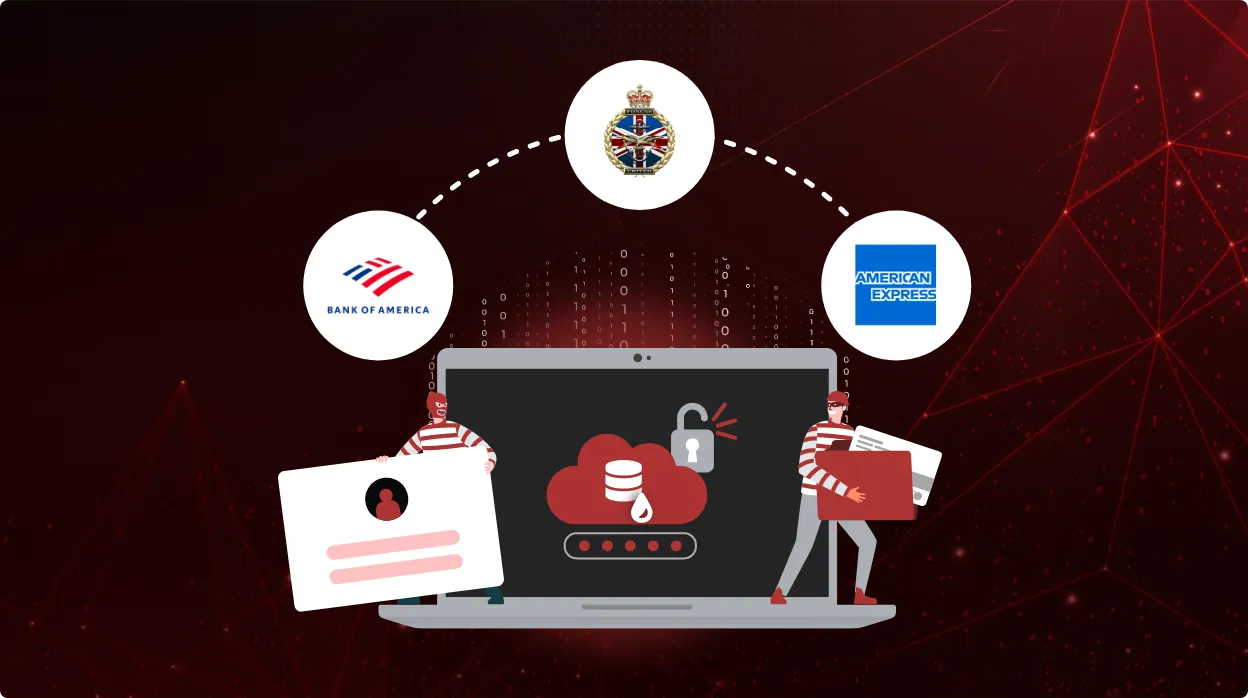Risks of Lateral Movement in the Cloud

“Lateral movement” emerges as a pivotal concern in the dynamic and vast domain of cloud security. This term refers to the method by which cyber attackers navigate within a compromised cloud network, potentially gaining access to sensitive data and systems. As organizations increasingly migrate their operations to the cloud, the threat of lateral movement becomes more pronounced.
This growing menace poses a substantial risk, requiring immediate attention and proactive measures. Addressing the intricacies of lateral movement is paramount for preserving the integrity of cloud environments, as the consequences of unchecked access can lead to data breaches, financial losses, and reputational damage. In this context, understanding and mitigating the risks associated with lateral movement is not just a security best practice but an essential safeguard for the future of cloud-based operations.
The Importance of Understanding the Risks Posed by Lateral Movement
In cloud security, lateral movement unfolds as a critical vulnerability, evident in various real-world scenarios. Attackers adeptly exploit weaknesses, like unpatched software or misconfigurations, to infiltrate a single entry point within a cloud network. Once breached, they employ diverse techniques such as pass-the-hash, remote execution, or privilege escalation to traverse laterally. This unrestricted movement jeopardizes the entire network as the attackers silently propagate, seeking valuable assets and sensitive information.
Consider a scenario where an unsuspecting employee falls victim to an attack, granting unauthorized access. Subsequently, the attacker skillfully maneuvers within the cloud infrastructure, potentially compromising crucial data or even disrupting operations. The consequences of successful lateral movement are profound, ranging from financial losses to tarnished reputations. Organizations face the daunting prospect of data breaches, intellectual property theft, or even service disruptions. Understanding these use cases helps highlight the urgency for robust cloud security measures that can effectively counteract the multifaceted threats posed by lateral movement.
Lateral Movement: The Target Data Breach
A compelling illustration of lateral movement’s impact unfolded in the notorious Target data breach. In 2013, attackers exploited an HVAC contractor’s compromised credentials, marking the initial compromise. Leveraging this access, the perpetrators adeptly navigated Target’s Windows-based network using techniques like pass-the-hash and privilege escalation. The attackers demonstrated a classic lateral movement trajectory, moving swiftly from the compromised system to the Point-of-Sale (PoS) infrastructure.
The assault culminated in achieving their sinister objectives, including the theft of a staggering 40 million credit card details. The financial toll on Target was considerable, reporting $61 million in costs related to the breach. Beyond the financial implications, the breach inflicted severe reputational damage on Target, eroding customer trust and confidence.
This historical breach vividly illustrates the intricacies of lateral movement – starting with a seemingly innocuous point of entry, progressing through systematic lateral traversal, and culminating in severe consequences for the targeted entity. The Target data breach serves as an enduring reminder of the need for robust security measures to combat lateral movement threats and safeguard organizations from the far-reaching repercussions of such malicious exploits.
The key takeaway lies in recognizing that lateral movement is not a distant threat but a tangible risk that demands proactive measures. Understanding and mitigating these risks become foundational elements in fortifying cloud security. The Target breach illuminates the multifaceted repercussions – an intricate web of compromised data, financial losses, and damaged reputations.
As businesses navigate the digital landscape, the imperative is clear: a robust cloud security strategy must include vigilant measures against lateral movement. The pivotal question becomes not if an organization will be targeted, but when and how effectively it can thwart such threats. It is important for organizations to invest in a solution designed to precisely address these challenges, offering a proactive stance against the lurking dangers of lateral movement in the cloud.
CheckRed: Safeguarding Against Lateral Movement Risks
In the context of cloud security, CheckRed is a cutting-edge solution – a comprehensive SaaS and Cloud Security Posture Management (SSPM/CSPM) tool designed to fortify organizations against the pervasive risks of lateral movement. CheckRed stands as a defensive shield, providing robust defenses against unauthorized traversal within cloud networks.
Key features of CheckRed have been strategically crafted to specifically target and mitigate the intricate risks associated with lateral movement, alongside others. The platform excels in proactive risk detection, employing advanced algorithms to identify potential vulnerabilities and consequences of lateral movement attempts, and help mitigate them proactively. By helping organizations in the process of enforcing stringent policies, CheckRed offers a vigilant stance, ensuring that any deviation from established security norms triggers an immediate alert and subsequent remediation guidance.
CheckRed’s prowess extends to overall cloud security posture management, offering a centralized hub for monitoring, analyzing, and fortifying an organization’s cloud infrastructure. Its multifaceted approach encompasses not only lateral movement risks but a spectrum of potential security risks, providing a comprehensive shield against the evolving landscape of cyber threats in the cloud.
As the digital transformation of businesses grows with each passing day and digital resilience becomes non-negotiable, CheckRed emerges as a steadfast ally, empowering organizations to navigate the cloud landscape with confidence. With its innovative features and unwavering commitment to security, CheckRed stands poised to be the foundation of a robust defense strategy, ensuring that lateral movement risks are not just acknowledged but effectively neutralized.


